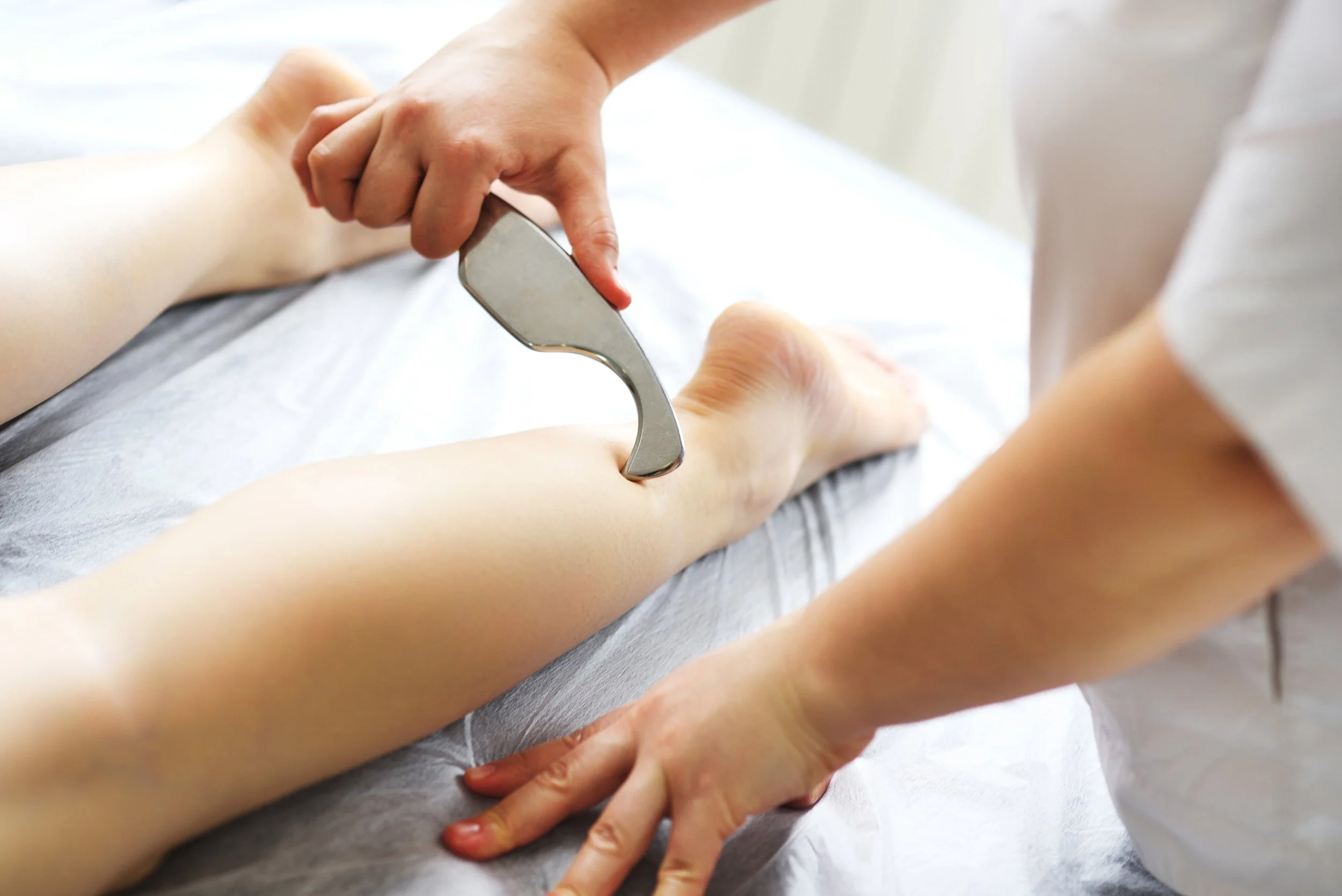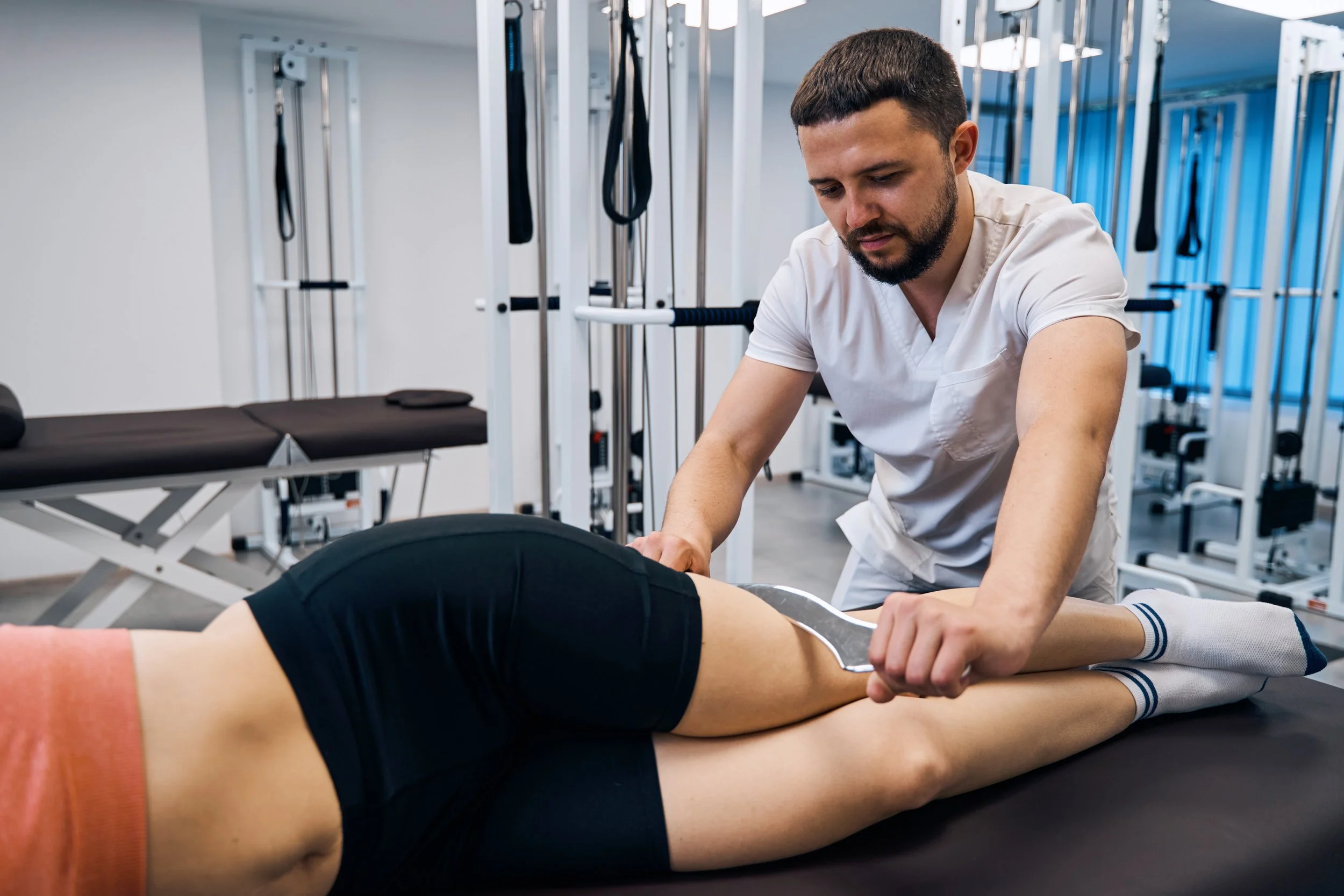
Do You Have Help Aches and Pains? The Graston Technique May Help
Did you know…?
More than 31,000 clinicians worldwide use the Graston Technique.
It is applied at more than 3,600 outpatient facilities.
It is part of the curriculum at more than 50 colleges and universities.
It is used by 16 NBA teams, 18 NFL teams & 16 MLB teams.
It is used by more than 500 professional and amateur sports organizations.
What does the Graston Technique treat?
Scar tissue is a type of connective fibrous tissue that receives less blood and stretches less normal tissue. After an injury, it tends to be thick and may build up around the ligaments, tendons, and muscles.
Adhesions are the accumulation of soft tissue. Shin splints, pulled hamstrings, meniscal tears are all injuries that may result in adhesions.
Adhesions and scar tissue may occur either in the tissues or in the skin when you are injured. Scar tissue and adhesions prevent proper movement of the underlying body structures. This is because it is impossible for ligaments, tendons, and muscles to move freely.
Scar tissue and adhesions can bend to the fascia and cause a condition known as fascial constraint. Over time, even the wear and tear of everyday life can cause muscle fibers to adhere to each other irregularly. With the Graston technique, the treatment causes muscle fiber separation, which reduces pain and increases functional mobility.
Benefits of the Graston Technique
Increased mobility and ability to perform daily tasks
Increased rate of volume and blood flow to affected areas to enhance healing
Boost in cellular activity for good health
Breakdown of collagen cross-links
Reduction in pain, for a better quality of life
Reduction in inflammation
What does a typical session look like?
At the beginning of a Graston Technique treatment, the areas of the soft tissue fibrosis will be moved to make the scar tissue more receptive. The edge of the stainless-steel tool will be used to slowly glide across the affected soft tissue until it comes in contact with an adhesion. Our physiotherapist will then rub over the adhesion to elicit movement. This friction will help promote the healing process of your soft tissue injury.
The amount of pressure used with the instrument, and the speed in which it is done will vary depending on the nature of your condition, and it will be adjusted throughout the treatment.
After each treatment, the affected area will be stretched, and our physiotherapist will provide you with ice packs if you experience any soreness.
Most patients who receive the Graston technique will undergo two treatments a week, over a five-week time frame. You should expect to notice relief by the third or fourth treatment.
The Graston Technique may help you find relief!
Are you ready to get started on the path toward relief and recovery with the Graston Technique? We are committed to helping you heal and get back to your pain-free life!




